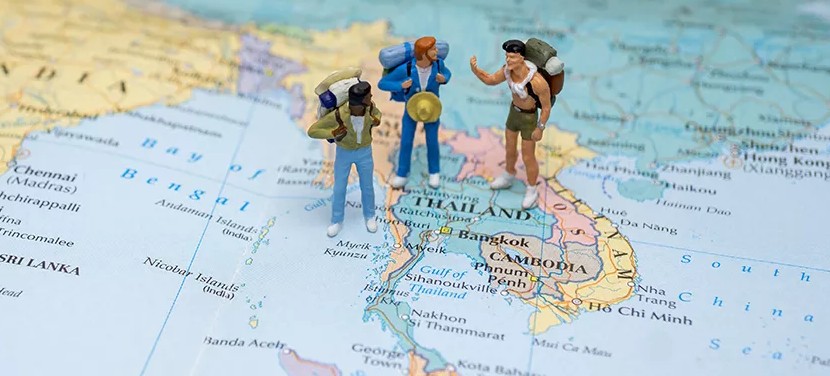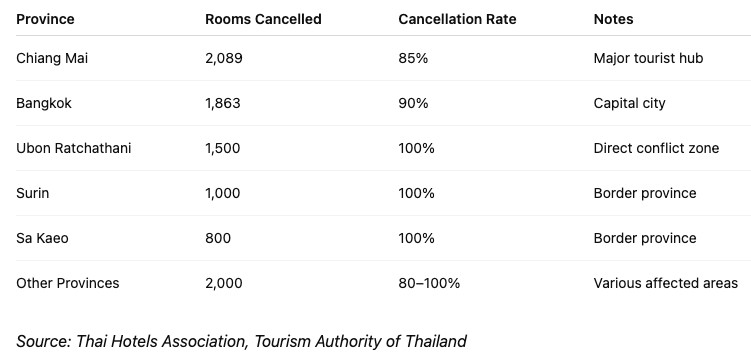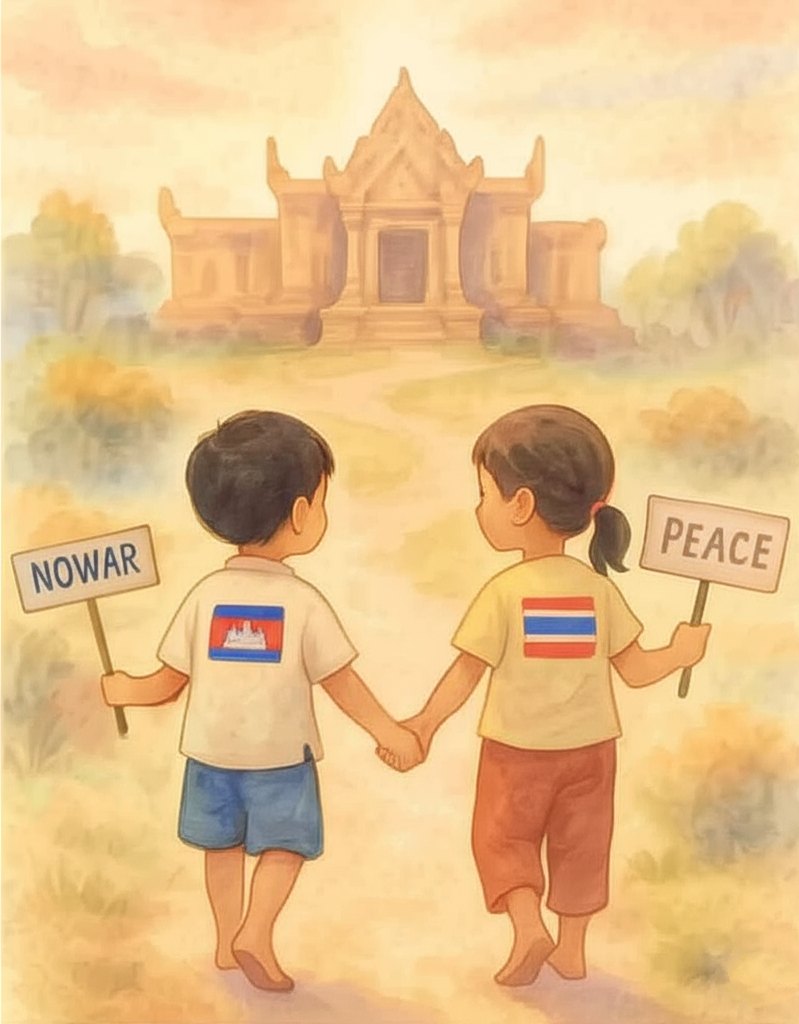When Headlines Shake Travel: Thailand and Cambodia Conflict Impacts on Tourism. Tourism as a Force for Peace

Peter Semone
Chairman of Pacific Asia Travel Association (PATA)

Just the other day, a friend I was convincing to visit Bangkok asked, “Is it safe?” Somewhat confused, I responded, “Of course,” only to later realize that media reports of recent skirmishes between Thailand and Cambodia near the Aranyaprathet/Poipet border (some 250 kilometers from Bangkok) had flooded international headlines, sowing trepidation and doubt. For me, it was yet another reminder of how fragile tourism flows can be in times of uncertainty. Tourism thrives on perceptions of safety, openness, and welcome. Even the hint of conflict, however far away, can disrupt travel decisions, affect livelihoods, and weaken local economies that depend on visitors.

Thailand Hotel Cancelation
The Thailand-Cambodia conflict has caused significant disruptions to regional tourism, leading to widespread cancellations. While major tourist hubs in both Thailand and Cambodia remain safe, the psychological impact of the conflict has pushed many tourists to reconsider their travel plans.
The consequences of unrest, even when short-lived or localized, are immediate and far-reaching. Hotel bookings drop, flights are canceled or delayed, and tour operators face last-minute cancellations. Local businesses, from street vendors to cultural attractions, experience sudden losses. Beyond the economic impact, these disruptions undermine traveler confidence, creating ripple effects that can take months or even years to reverse.
As I highlighted in a previous piece for Institute Tourism, tourism is more than an economic driver; it is a catalyst for intercultural understanding and social cohesion — essential foundations for peace. Travelers who experience other cultures build empathy, break down stereotypes, and foster mutual understanding. Across the Asia-Pacific region, tourism safeguards cultural heritage, supports livelihoods, and uplifts communities through job creation, enhanced business opportunities, and showcasing of local traditions.

Tourism is inextricably linked to peace and stability. Its growth over the past 75 years — from 25 million to 1.5 billion international arrivals — has been fundamentally built on post-WWII stability. Without that foundation, such expansion would have been impossible.
In the end, I did convince my friend that it was safe to visit Bangkok despite the unrest. He had a wonderful time — loved the food and people, enjoyed the hospitality, and even shared his experiences on social media, encouraging others to see beyond the headlines.
Tourism, at its best, builds bridges and amid uncertainty can be a powerful force for peace.

Peter Semone
Peter Semone is a passionate leader in the world of tourism, with deep expertise in the Pacific Asia region. Currently serving his second term as Chairman of the Pacific Asia Travel Association (PATA), Peter brings decades of hands-on experience in tourism development, capacity building, and strategic planning. He has led impactful international projects in Timor-Leste, Lao PDR, and Vietnam, and is a trusted expert for UN Tourism (with a focus on China) and the Asian Development Bank (focused on the Greater Mekong Subregion). Peter is also the founder of the award-winning Lao National Institute of Tourism and Hospitality (LANITH), a pioneering vocational school that has helped shape the country's tourism workforce. A graduate of the University of Pennsylvania and Cornell University, Peter spent many years living in Indonesia, where he launched successful tourism ventures and advised the government on tourism policy. He’s widely published in academic journals on tourism marketing and human capital, and has authored strategies and action plans at every level—from cities to entire regions. When he’s not on the road, writing strategies or in the boardroom, Peter enjoys quality time with his family between Bali, Bangkok, and California.
